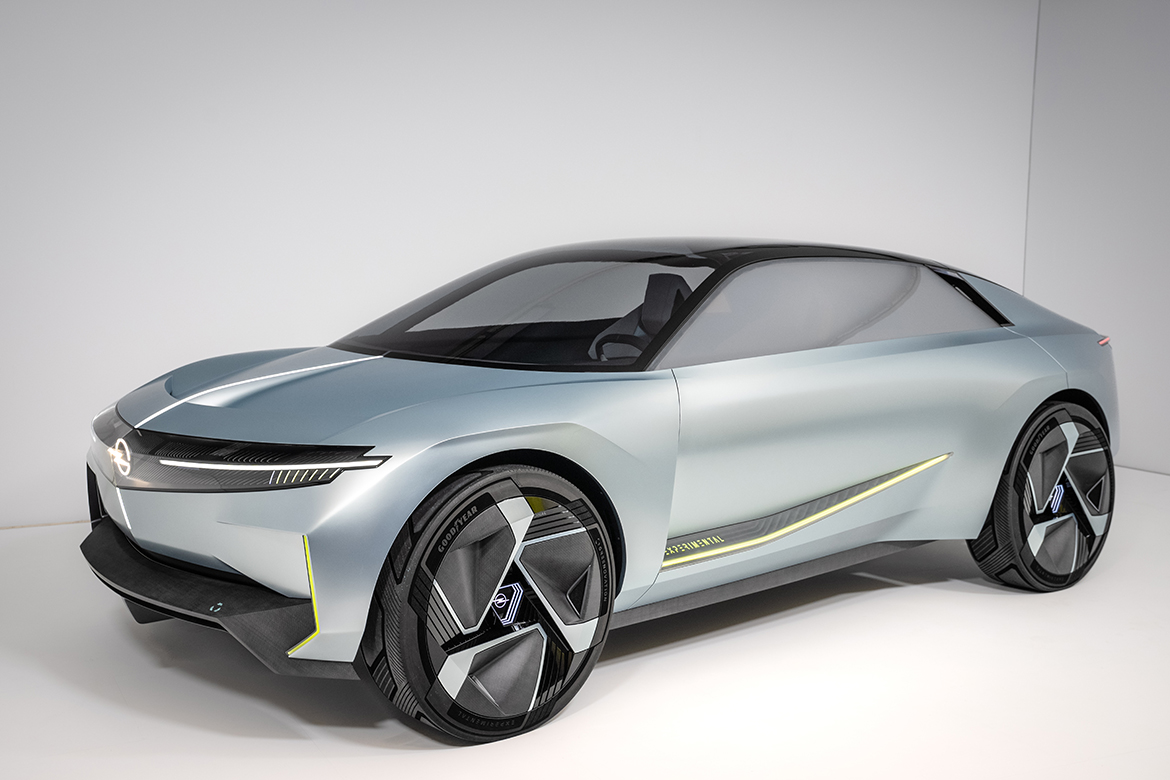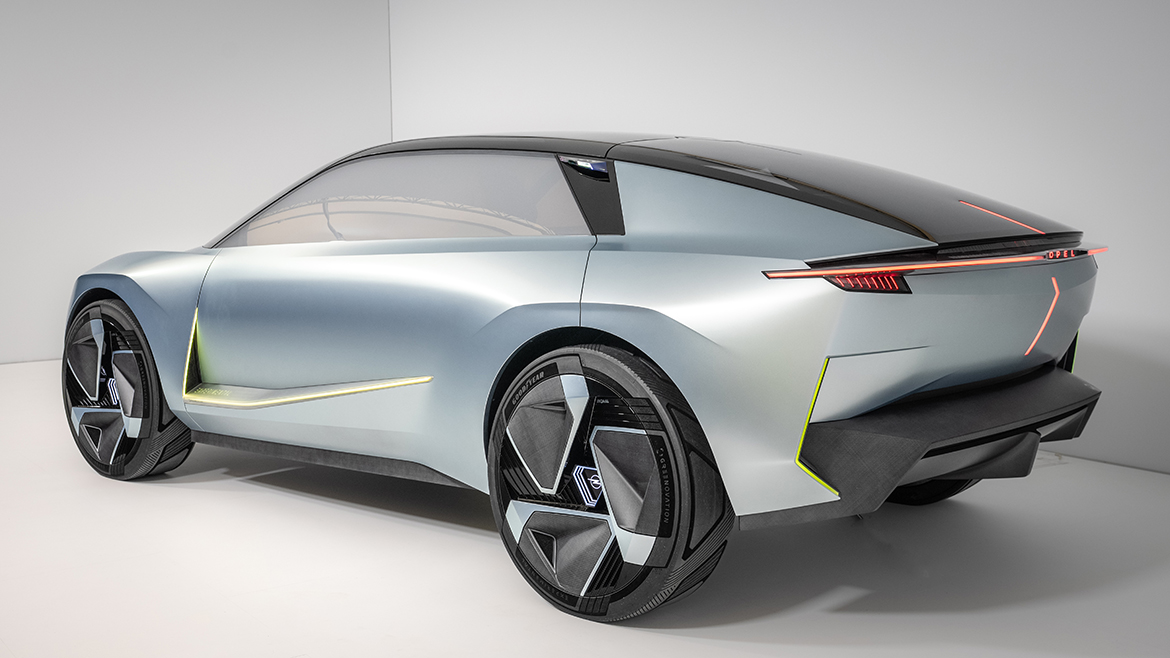Opel is experiencing a key moment in its long automotive history. In fact, it is preparing to become an exclusively zero-emission brand. It will do so by presenting only electric cars starting from 2025. Florian Huettl, CEO of the German company, explains the strategy: “Until today we have created electric cars starting from well-known models, which have been offered both in battery-powered versions and with other types of powertrains. This phase will end with the introduction in 2024 of two new SUVs, the heir to the Crossland, which revives a historic name like Frontera, and the heir to the Grandland. From next year onwards, Opel will present electric-only models designed from scratch to exclusively be zero-emission: cars that will represent a new phase in every aspect, style included.”
Florian Theis, who holds the role of Chief Design for future concepts at Opel, explains what we can expect. “With the Experimental concept we showed how the design of the next Opel cars will evolve. We have defined the new course as Bold and Pure. It introduces many new features: essential shapes without frills but with a strong personality, the adoption of green materials, new luminous signatures instead of chrome. Even the famous Vizor will evolve in something new: the front element with the grille and the lights will become three-dimensional and will host a whole series of digital devices such as sensors and cameras dedicated to autonomous driving”.
The search for cleanliness and essentiality will also characterize the interiors. The German manufacturer speaks of a real “detox” operation. The dashboard of the new cars will become minimal and will even lose any type of monitor or touchscreen. Everything will be replaced by advanced voice assistants and panoramic head-up displays that will project all the information onto the windscreen. In short, after 125 years of history, Opel says it is ready for a zero-emission future. It also underlines this with the restyling of the logo, which obviously still has the famous lightning bolt as its distinctive element. In an era entirely projected towards electrification, it couldn’t be otherwise.












